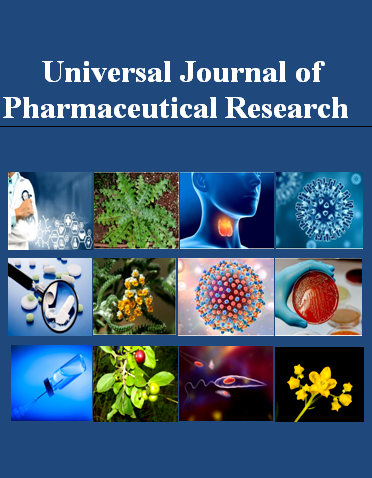OVERCOMING CHEMORESISTANCE IN CERVICAL CANCER: PHARMACOLOGICAL HURDLES AND NEW FRONTIERS
Keywords:
Cervical cancer, chemoresistance, drug delivery, pharmacogenomics, targeted therapyAbstract
Chemoresistance continues to be a significant obstacle to successful treatment of cervical cancer, especially in advanced and recurrent situations. Even with the effectiveness of cisplatin-based chemoradiotherapy as a standard option, numerous patients develop resistance that greatly diminishes therapeutic effectiveness and leads to unfavorable clinical results. The fundamental mechanisms of resistance are complex and include cellular, molecular, and microenvironmental alterations that enable tumor cells to endure cytotoxic attacks. Important pharmacological mechanisms involve the overexpression of efflux transporters like P-glycoprotein, improved DNA repair abilities, avoidance of apoptosis, and resistance induced by hypoxia within the tumor microenvironment. These adaptive responses allow cervical cancer cells to counteract the impacts of chemotherapy drugs. Tackling these mechanisms necessitates a comprehensive strategy that merges traditional chemotherapy with new approaches like targeted treatments, immune therapies, and advancements in drug delivery. New approaches like PARP inhibitors, immune checkpoint blockade, and nanoparticle-based drug delivery appear effective in reviving drug sensitivity and enhancing results. Furthermore, pharmacogenomic profiling provides a tailored method for choosing treatments that considers unique genetic differences.

Peer Review History:
Received 6 April 2025; Reviewed 12 May 2025; Accepted 19 June; Available online 15 July 2025
Academic Editor: Dr. Tamer Elhabibi , Suez Canal University, Egypt, tamer_hassan@pharm.suez.edu.eg
, Suez Canal University, Egypt, tamer_hassan@pharm.suez.edu.eg
Reviewers:
 Dr. Luisetto Mauro, AUSL PC, Piacenza Area, Italy, M.Luisetto@ausl.pc.it
Dr. Luisetto Mauro, AUSL PC, Piacenza Area, Italy, M.Luisetto@ausl.pc.it
 Dr. George Zhu, Tehran University of Medical Sciences, Tehran, Iran, sansan4240732@163.com
Dr. George Zhu, Tehran University of Medical Sciences, Tehran, Iran, sansan4240732@163.com
Downloads

Published
How to Cite
Issue
Section
Copyright (c) 2025 Universal Journal of Pharmaceutical Research

This work is licensed under a Creative Commons Attribution-NonCommercial 4.0 International License.









 .
.